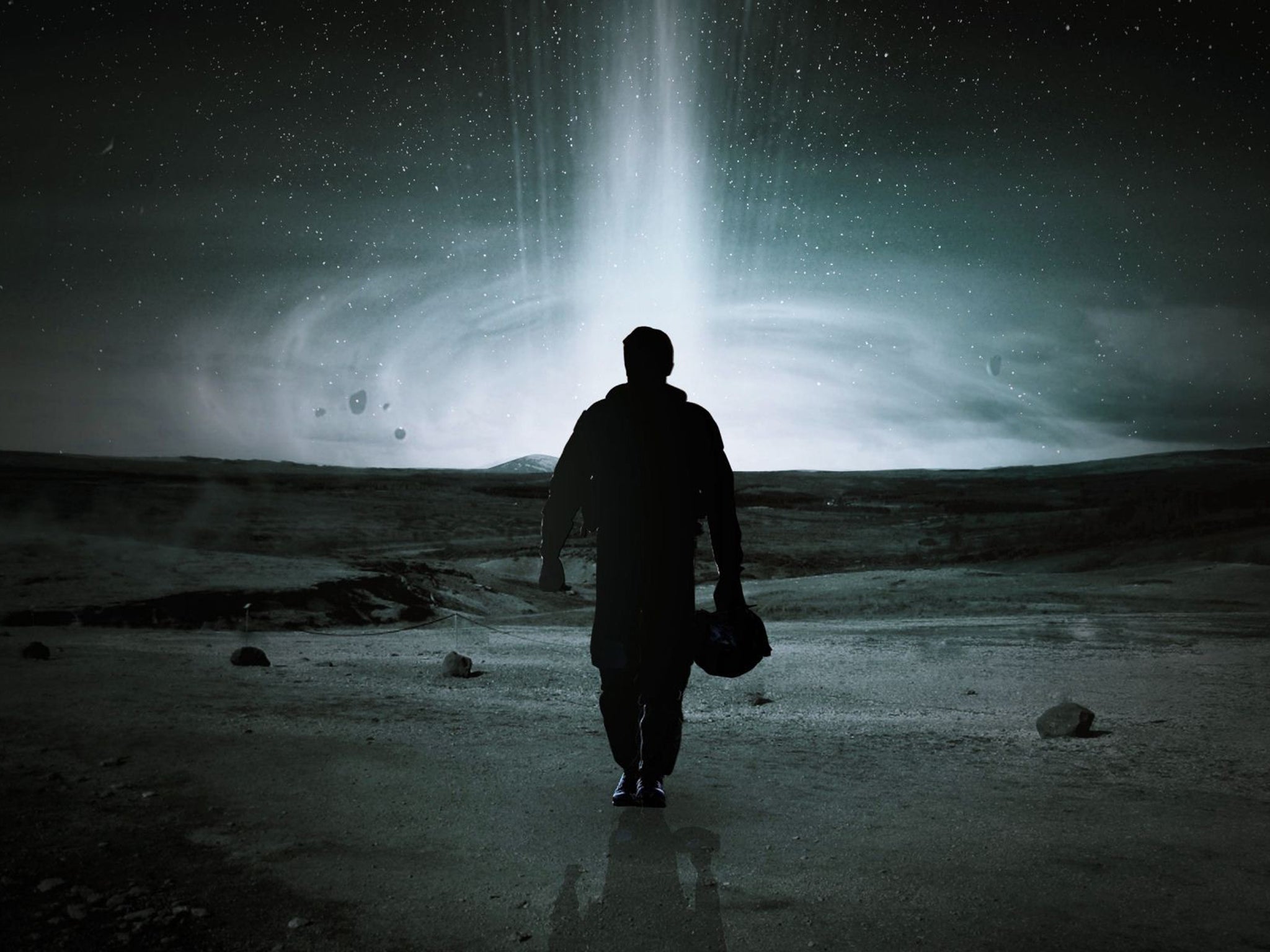Software used for Interstellar's wormholes have helped real-life astrophysicists study black holes
London-based firm Double Negative developed computer code based on Einstein’s general relativity equations

Its spectacular visual effects were rewarded with a Bafta this week, and now the team that created Interstellar’s wormholes and black hole has described how their work is helping real-life astrophysicists.
London-based firm Double Negative teamed up with the US scientist Kip Thorne and developed a computer code based on Einstein’s general relativity equations allowing them to accurately depict the space phenomena on screen for the first time.
Much of the action in Christopher Nolan’s film revolves around a black hole, a region in space that has such a strong gravitational pull no particle can escape from it, called Gargantua. Professor Thorne and the 30-strong computer effects team at Double Negative, led by visual effects supervisor Paul Franklin, showed how the dust and gas falling into the hole is twisted into complex shapes.
It is the first time that the effects of caustics, light rays bent by an object or curved surface, have been visualised to show audiences what a person would see if they were orbiting around it, as Matthew McConaughey’s character does in the movie. Gargantua, with its glowing ring of stars and other matter, was shown with “unparalleled smoothness and clarity” the team said.
Interstellar film stills
Show all 18Portions of the ring can be seen on screen swinging up over the top and down under Gargantua’s shadow, and also in front of the black hole’s equator, producing a split shadow that has become an iconic image of the movie.
Thorne and the team discovered that black holes are slightly concave on one side and have a bulge on the other. They were also able to show the Interstellar wormhole, a shortcut through space, as a shimmering sphere rather than a two-dimensional hole.
Following the movie’s release Professor Thorne and researchers at Double Negative publish their findings today (13 Feb) in the journal Classical and Quantum Gravity detailing how exactly they created the spectacular rapidly changing images and how scientists can benefit from their work.
Oliver James, co-author of the study and chief scientist at Double Negative, said: “To get rid of the flickering and produce realistically smooth pictures for the movie, we changed our code in a manner that has never been done before. Instead of tracing the paths of individual light rays using Einstein’s equations - one per pixel - we traced the distorted paths and shapes of light beams.”
Professor Thorne, an executive producer on Interstellar which is also Oscar-nominated for its visual effects, said: “This new approach to making images will be of great value to astrophysicists like me. We, too, need smooth images.”
Subscribe to Independent Premium to bookmark this article
Want to bookmark your favourite articles and stories to read or reference later? Start your Independent Premium subscription today.

Join our commenting forum
Join thought-provoking conversations, follow other Independent readers and see their replies